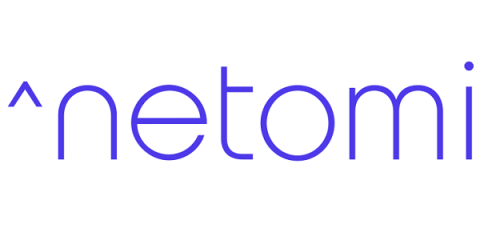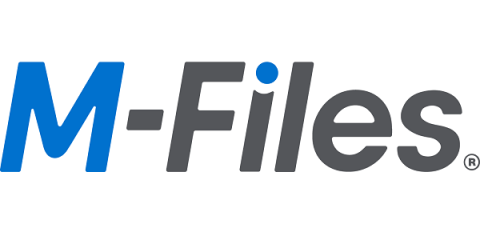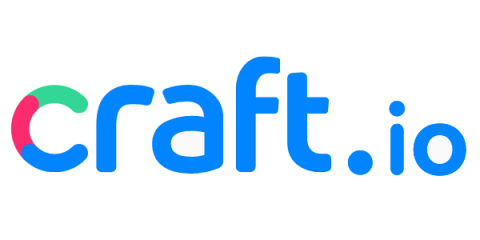Tips On Working Together As A Team
Working together can mean a lot when it comes to reaching the goals of a company. Teamwork has always been a crucial and inseparable part of a business that can lead it to success. While some companies just want to get things done, others really care about doing them perfectly or differently. And that is the difference between successful companies and struggling companies.









